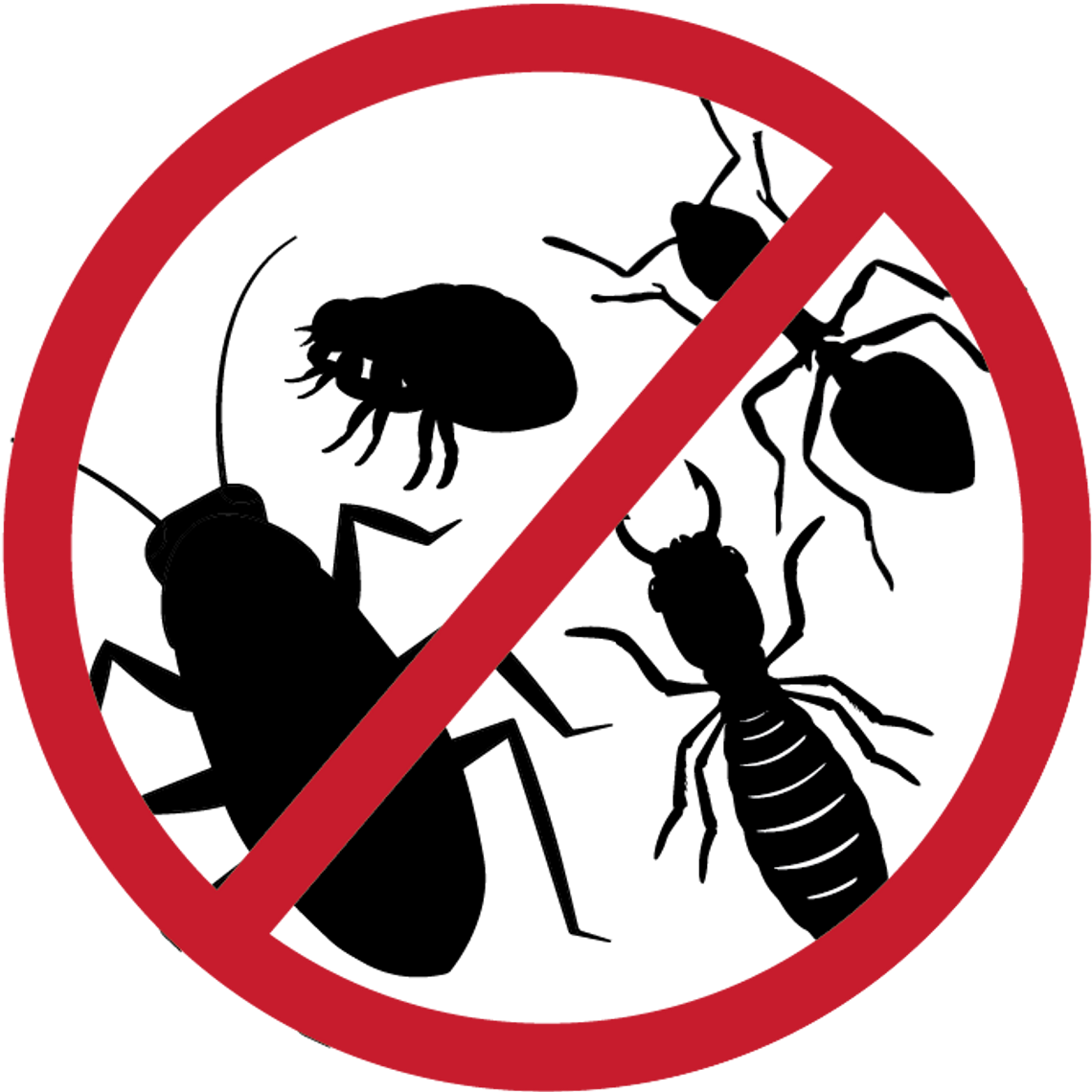.jpg)
By Doug Carter, Rankin County Extension Agent
1) Fire Ants: Every property owner in Mississippi has fire ants--and need to know how to control them. One of the best ways to control fire ants is the two step approach. A) Apply granular fire ant baits like Amdro, Extinguish Plus, or Advion two to four times per year, depending on how serious you are in controlling them. B) Use a dry mound treatment containing acephate to spot treat individual mounds. Use liquid drenches containing permethrin, in place of dry mound treatments for mounds that must be killed immediately.
2) Termites: Termite control is not a do-it-yourself project. Every building in the state is susceptible to termites and needs to be professionally protected from termites. There are two main methods of termite control: soil applied liquid termiticide treatments or in-ground termite bait stations. Both methods are effective when properly applied and can provide long-term protection. Although homeowners do not need to treat their homes for termites themselves, homeowners need information to help them understand termite biology, why buildings need to be proactively protected from termites, and how to work with a professional pest company, to assure their home or building is protected.
3) Cockroaches: The first step in dealing with cockroaches is to determine what kind of roaches are involved. Large roaches, like American and smoky brown cockroaches, are much easier to control than German Cockroaches, though good sanitation practices are important for both groups. Large cockroaches can be controlled with a combination of good exclusion, exterior perimeter sprays of pyrethroid insecticides, such as bifenthrin cyfluthrin, and indoor crack and crevice sprays of ready-to-use pyrethroids. German cockroach control is more challenging, especially in multi-family housing. Sprays and total release foggers are not very useful against German cockroaches. Bait treatments are better options for these little roaches, but the right baits must be applied, properly and repeatedly, in combination for cockroach control. Some households will prefer to hire a professional pest control company for cockroach control.
4) Fleas: The key to flea control is to treat them everywhere they occur, on the pet, in the house and in the yard. Use on-pet flea treatments, which are administered either topically or orally, to control fleas on the pet. Only adult fleas live on the animal. Flea larvae live on the floor or the ground in areas where pets spend time resting. Focus treatments for immature fleas in these areas. Flea control is best done preventively. Expect it to take time and repeated treatments to control established infestations. Understanding flea biology helps understanding flea control.
5) Insects in Home Vegetable Gardens: Every vegetable crop has insect pests, but some crops have more consistent problems than others; fruitworms, hornworms and stink bugs on tomatoes, squash bugs and vine borers on squash, and stink bugs on peas and okra. Zeta-cypermethrin (GardenTech Sevin Insect Killer) is one of the more useful insecticides for home gardens. It controls a wide range of insect pests and can be used on most vegetables. This is an effective treatment for all 3 of the above-mentioned situations. Other pyrethroids also work, but tend to have longer pre-harvest intervals. Spinosad, ( Bonide, Fertilome, Monterey, etc.) is another useful product, especially for caterpillar pests and leaf feeding beetles. Spinosad is especially useful for cool season gardens. When applying pesticides to vegetables, always be aware of the pre-harvest interval.
6) Crepe Myrtle Bark Scale: We first notice Bark Scales on Crepe Myrtles several years ago in North Western Rankin County. The disease has continued to spread eastward across the county. Heavily infested trees are easy to spot. The trunks and the ground beneath are covered in black sooty mold and limbs may be encrusted with white, felt-covered scales. Fortunately, a soil drench of imidacloprid applied once a year around the base of the infested trees usually provides excellent control.
Source: “Answers for Common Insect Questions,” Bug Eye View, Blake Layton, Mississippi State University Extension, April 2022


Comment
Comments